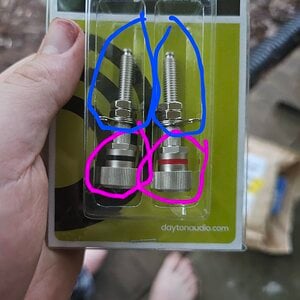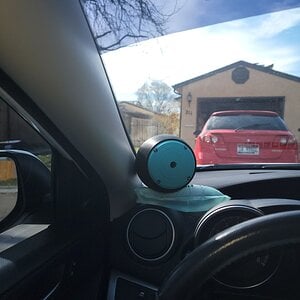Jcsaudio
Senior VIP Member
In a good way!
Many of the amplifiers you test have not so great efficiency, and most are (I think) in the 60-70% efficiency range. As these amplifiers get more powerful, they also demand more electrical because of thier poor efficiency, necessitating the need for more and expensive electrical upgrades.
The Brutal sounds Amplifier you tested has between 88% efficiency at 4 ohms and near 96% efficiency at 2 ohms (are you sure thats not a mistake?). This to me is amazing and a true budget gem. Consider this in comparison to the SoundQubed S12250 with similar power and between 69% and 62% efficiency at those same ohm ratings. At 1 ohm the SoundQubed draws about 128 amps more compared to the Brutal Sounds for similar power ratings. This could be the difference betweeen a $300-$600 alternator upgrade or not for some systems, all for a $100 cheaper amplifier.
So this gives me an idea for a new budget gem/efficiency class that ignores all the inefficient chinese amplifiers you’ve mostly been testing and emphasizes the best efficiency and qaulity for the money. I’m willing to bet many of the members here would like to see more amplifiers tested like the Brutal Sounds.
Many of the amplifiers you test have not so great efficiency, and most are (I think) in the 60-70% efficiency range. As these amplifiers get more powerful, they also demand more electrical because of thier poor efficiency, necessitating the need for more and expensive electrical upgrades.
The Brutal sounds Amplifier you tested has between 88% efficiency at 4 ohms and near 96% efficiency at 2 ohms (are you sure thats not a mistake?). This to me is amazing and a true budget gem. Consider this in comparison to the SoundQubed S12250 with similar power and between 69% and 62% efficiency at those same ohm ratings. At 1 ohm the SoundQubed draws about 128 amps more compared to the Brutal Sounds for similar power ratings. This could be the difference betweeen a $300-$600 alternator upgrade or not for some systems, all for a $100 cheaper amplifier.
So this gives me an idea for a new budget gem/efficiency class that ignores all the inefficient chinese amplifiers you’ve mostly been testing and emphasizes the best efficiency and qaulity for the money. I’m willing to bet many of the members here would like to see more amplifiers tested like the Brutal Sounds.


